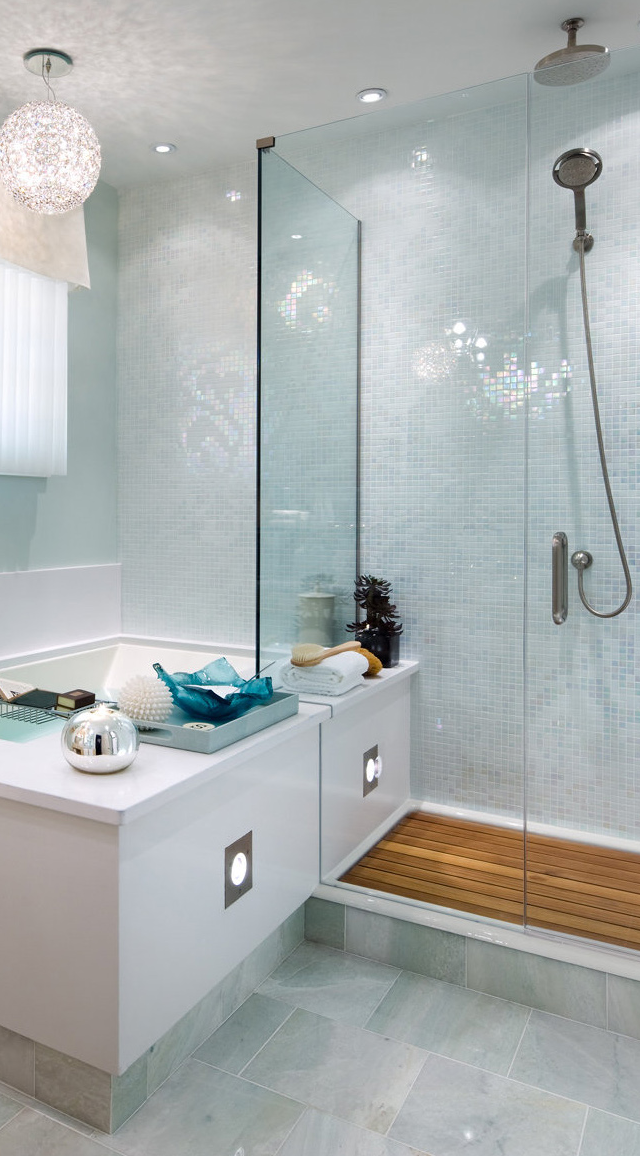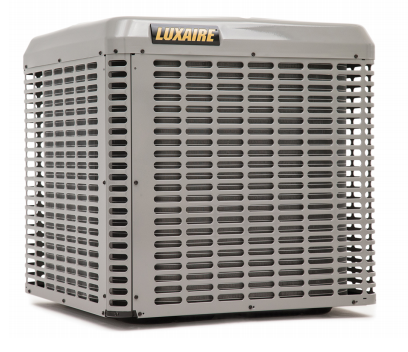5 Money-Saving Plumbing Tips

Knowing a few simple things about plumbing and keeping your drains and disposals in good shape can help prevent the need for expensive plumbing repair or emergency plumbing down the road. First and foremost, understanding how to find and when to shut off your main water valve could save you thousands or tens of thousands of dollars in professional water damage remediation work in the case of a broken pipe or severe leak. Follow these five money-saving plumbing tips to effectively and economically maintain your plumbing.
- Know how and when to locate and shut off your main water valve
It’s vital that each person in your home or commercial building know how to locate and turn off the main water valve. In the event of a broken pipe, severe leak or other problem involving uncontrolled flooding, quickly shutting off water flow is essential. The main shut-off valve is usually located either near the street curb, on the side of your home or building, or in the garage. If you’re not sure of the location, call your local water provider. Some main water valves require a special tool to shut off the water, which can usually be purchased at your local hardware store. Make sure you have one, and that it’s hanging next to the main valve. Practice turning off the main water valve and avoid getting hosed in the event of a flooding emergency due to plumbing failure.
- Repair broken garbage disposal
Kitchen sink disposals do wear out with overuse or age, but sometimes they just get jammed and need to be freed and reset. If your disposal doesn’t work and there’s no electrical humming noise, turn off the disposal switch and try pressing the red reset button on the bottom of the disposal. If the disposal still doesn’t work but you hear an electrical hum, immediately turn off the switch and insert a plate-turning tool into the middle of the bottom of the disposal and giving it a good crank in either direction until it turns freely. Remove the tool and then try switching the disposal on again.
If there’s no hum when you turn on the power switch, check your electrical box for a blown fuse or tripped breaker. If neither of these procedures fix the problem, replacement is probably necessary. Call a plumbing installation expert.
- Test your toilet for leaks and running water
Toilets eventually leak water from the tank to the bowl, causing unnecessary water waste. To check for leaks, add a few drops of food coloring to the tank of your toilet, not the bowl. Don’t flush it. After about fifteen minutes, if the water in the toilet bowl is becoming the same color as the tank water, you have a leak. Replacing worn components in your toilet tank is an inexpensive and easy fix.
- Reduce your water bill
Keep an eye out for leaks or drips in toilets, showers, sink faucets and spigots, and if you notice moisture on walls, cabinets or flooring that can’t be explained, inspect them immediately or hire a professional plumber to do so. You can also save by checking your water heater settings twice a year to make sure your heater isn’t working harder than it needs to, wasting valuable energy. When installing replacement plumbing fixtures, choose those that conserve water. Any added expense will likely pay for itself many times over.
- Don’t overload the kitchen sink
Food waste piles up after a meal, making kitchen sinks prime candidates for clogging if there’s no trap or disposal system in place. Never pour fats or cooking oils down your sink because they harden and coagulate, eventually causing a clogged drain. Buy inexpensive traps for your drains to catch food particles that would otherwise go down, and empty them into your garbage or compost after doing dishes. Limiting what goes down your drains will help avoid costly rooter service down the road.
Hair and hygiene products are the main clogging culprits in bathroom sinks and showers. Remove hair from the sink, shower and bathtub before it goes down the drain. If it does go down, run enough hot water to flush it all the way though the line.
Furnace Maintenance Tips
If you haven’t had your furnace looked at in the past year or two you may be at risk for a cold home. Always hire qualified heating contractor when it comes to your gas fired appliances.
All furnaces burn some type of fuel to create heat. Cracks and leaks around the combustion area could compromise your family’s safety, as a furnace can leak poisonous gas, like Carbon Monoxide, into the home. Having your furnace heat exchanger checked for cracks, your gas burner assembly cleaned and gas valve calibrated is vital for your family’s safety.
Change your furnace filter at least every three months
Check your chimney for obstructions. Check venting on high efficient furnaces for snow build up, nests and debris.
Make sure your condensate line is clear of debris or sludge to prevent premature inducer motor failure.
Remove blower and clean blower wheel. Lubricate moving parts if applicable.
These are only a few but probably the most important things that should be checked annually on your furnace
Winterizing
Before the cold:No one wants the misfortune of having a furnace go out or to have problems with their pipes freezing during a cold winter, but several Denver homes will experience these problems. As Denver continues to experience cold weather, make sure your home is prepared.
Schedule bi-annual furnace maintenance
Your furnace should been inspected by a Heating professional. Air filters should be changed at your furnace’s recommended change period. Your furnace should be cleaned regularly by a professional and if need be your ventilation equipment may need to be cleaned.
Know the location of your water shut-off and regularly test it.
In case the worst happens and a pipe breaks, you won’t want to wait for someone to arrive at your place to find it for you. In most single-family homes, the shut-off valve is in the basement or crawl space on a wall facing the street.
Turn off and drain automatic and manual sprinkler systems before the first freeze.
You’ll thank yourself in the spring. The freezing and thawing cycle can create cracks and weak spots in the sprinkler system, triggering silent underground leaks or mini-geysers.
Turn off outdoor faucets and be sure to disconnect hoses.
Make sure the faucet and outside piping is fully drained. A valve inside many houses will shut off the water’s flow. Disconnect the hose to assure that freeze-proof faucets will drain.
Winterize unheated or vacant buildings.
Significant property damage and water loss can occur before burst pipes are discovered. Most susceptible are fire protection systems.
Insulate water pipes that may be vulnerable to the cold or have posed problems before.
Pipes close to exterior walls or in unheated basements can be wrapped with pieces of insulation. Don’t overlook pipes near windows, which can quickly freeze. Insulation, and or, heat tape does not guarantee that pipes will not freeze.
Smelly Garburator
Methods to clean out your garburator.
Put ice cubes down your garburator while running it . Also you can pour baking soda and vinegar down after and let sit for about 1/2 hour before running the garburator and flushing with soap and water.
How to get rid of sink drain smell?
One question I have been asked a lot in the past few weeks.
My bathroom sink smells like really musty water, and the stink only happens when the water is running. But the water itself doesn’t smell. The sink doesn’t appear to be clogged.
“The only thing that has worked temporarily is pouring bleach down it”
Take out the drain plug or stopper and look down the drain pipe for gunk. Clean it out with a coat hanger if possible.
– Pour bleach down the drain and overflow drain to kill anything growing in there.
– Get a large bowl or bucket. Fill it with water. Quickly pour all the water down the drain. at once. The goal is to fill the basin and displace all/any water in the overflow drain and trap. Sometimes there can be nasty things in there that float so they don’t go through the trap, and this forces them out the drain pipe.
Try these steps if smell persists all the time you may need to call a professional. You could have a venting issue that will have to be repaired by a qualified plumber.
WIFI Thermostats ![]()

Connect yourself with your heating and cooling system anytime anywhere.
Did you know that your thermostat can email of text you when there is a issue with your furnace or air conditioner?
Contact us for details.
Is it time to replace your furnace?
How old is your furnace? Most furnace operate reliability are between 20 to 30 years
What is the efficiency of your furnace? Older furnaces can be 50% AFUE while new furnaces are 92% AFUE or higher giving you more heat for less money. AFUE stands for Annual Fuel Utilization Efficiency which means how much heat that furnace will generate in a average year compared to the amount of energy it will consume to do it. The furnaces blower fan is not included when calculating the rating yet it is a substantial contribution to the furnaces operating costs. Optional variable speed ECM blower motors can reduce electricity use as much as 75% less contributing to lower electricity expenses.
Signs that may indicate furnace replacement:
- Is your furnace 20 years or older?
- Is your furnace a mid efficient 80% AFUE or lower?
- Is your furnace noisy? Rattles, squeaks, humming or banging?
- Do you have humidity problems?
- Are some rooms hotter or colder than others?
- Does your furnace cycle on and off frequently?
- Are your energy bills going up despite usage staying the same?
- Has you furnace needed repairs more frequently?
If you have any of these warning signs you may want to have a HVAC professional inspect your heating system and provide you with the necessary information to make the right decision.
Air Conditioning season is soon approaching
Whether you need a new system or your old system hasn’t been serviced in a while. We can help. We install new, service and maintain all makes of cooling systems. If you system is 8 years or older you are probably using a system that is less efficient than the new models. Older units using R22 refrigerant is being phased out and being replaced with R410 refrigerant which is more environmentally friendly. Higher repair cost will be incurred with older system using R22 and some models parts are no longer available. Contact us for a free air conditioner quote.

